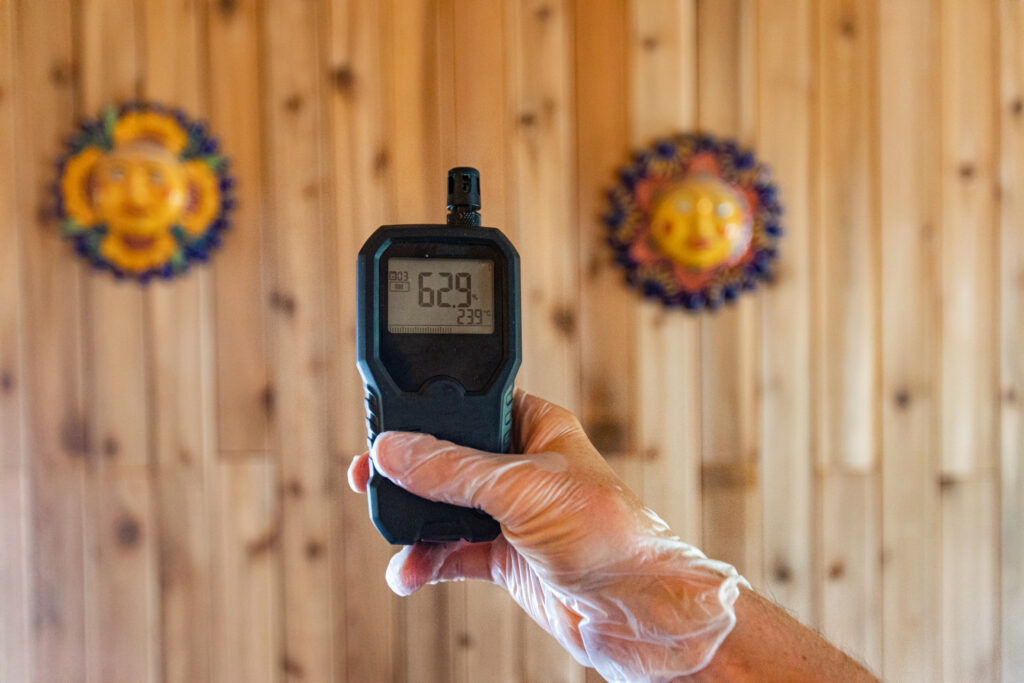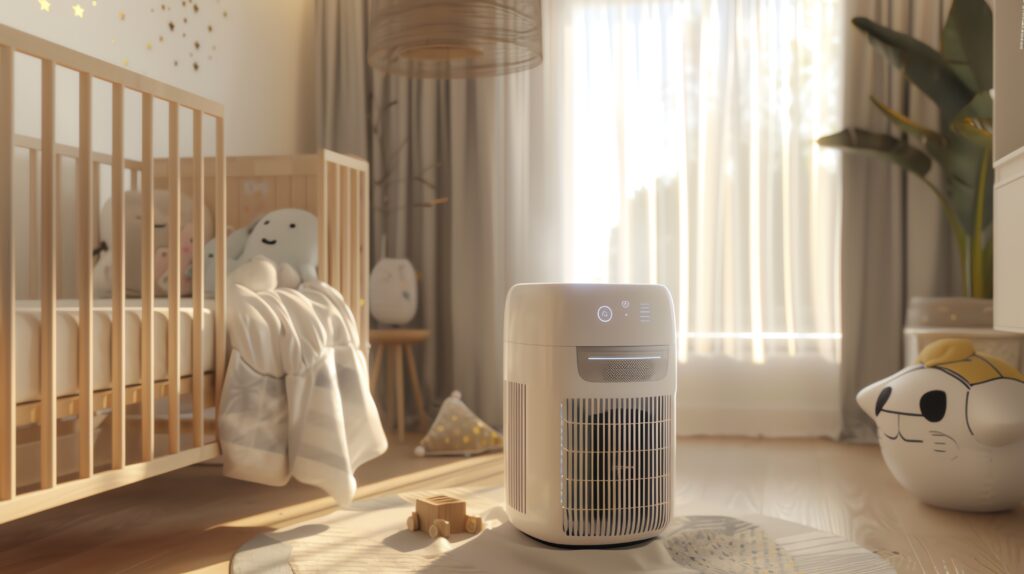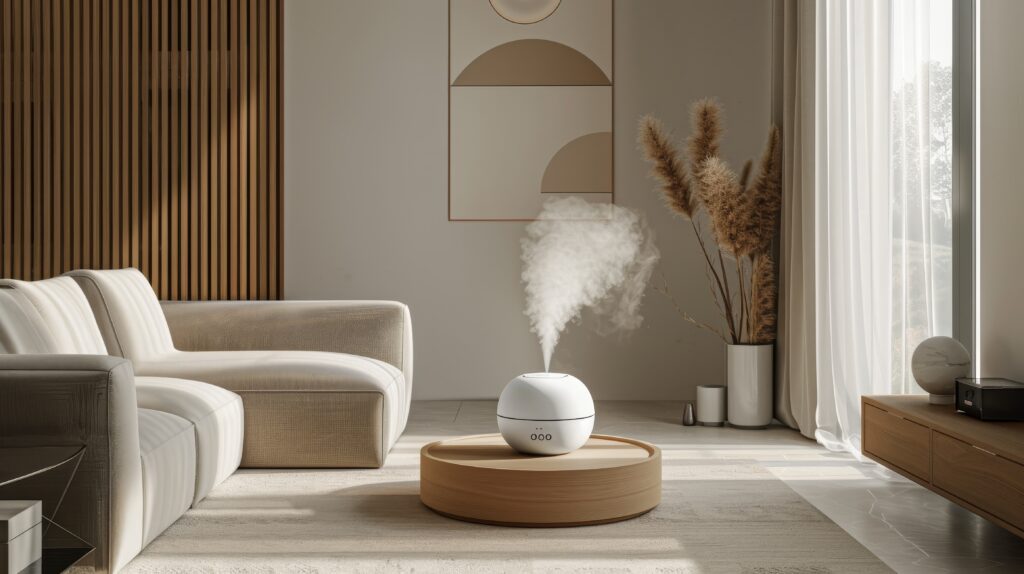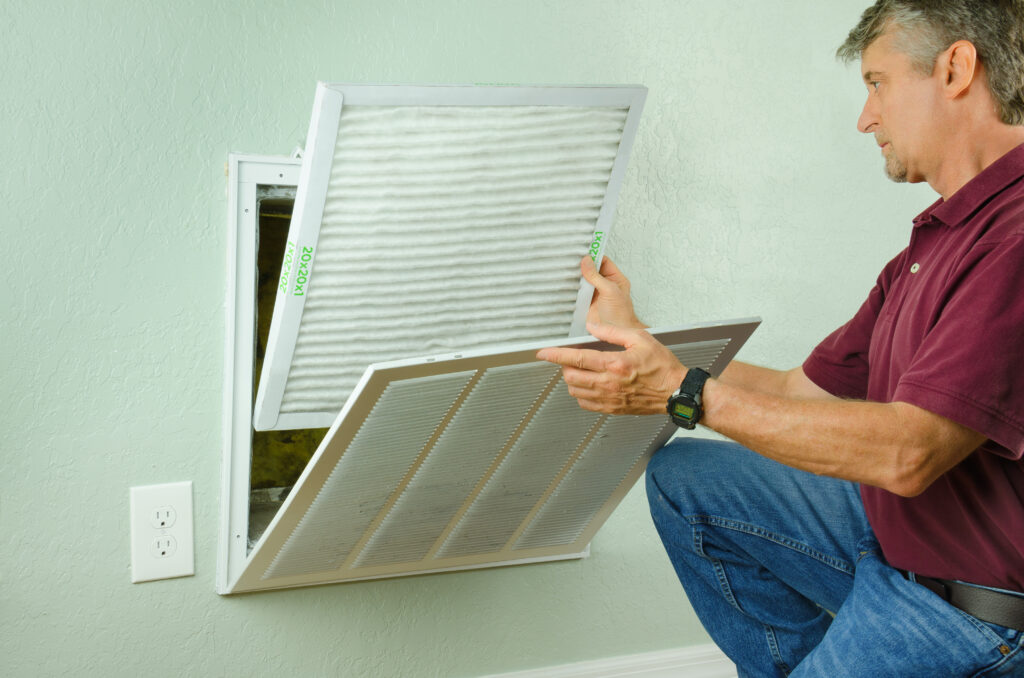
As the seasons change and the chill of autumn settles in, many of us are starting to spend more time indoors. While cozy evenings by the fire can be delightful, they also bring a crucial topic to the forefront: Indoor Air Quality (IAQ). At Wynnow LLC, we believe that the air you breathe should be as clean and healthy as possible. With numerous options available for improving IAQ, it can be overwhelming to navigate which solutions are best suited for your home or workspace. In this blog, we’ll review various IAQ solutions, their effectiveness, and how to determine what’s right for you.
Understanding Indoor Air Quality
Indoor air quality refers to the condition of the air within buildings and how it affects the health and comfort of occupants. Poor IAQ can lead to a range of issues, from minor discomfort and allergies to serious health problems. Common indoor pollutants include dust, mold, pet dander, volatile organic compounds (VOCs), and even carbon monoxide. As we seal our homes for energy efficiency during colder months, these pollutants can accumulate, making it essential to address IAQ proactively.
Common Solutions for Improving IAQ
1. Air Purifiers

Air purifiers are one of the most popular solutions for enhancing indoor air quality. They use various filtration technologies to capture airborne particles, allergens, and pollutants. Here’s a breakdown of common types:
- HEPA Filters: These high-efficiency particulate air filters are effective at trapping 99.97% of particles, including pollen, dust, and smoke. They are ideal for allergy sufferers.
- Activated Carbon Filters: These filters excel at removing odors and gases, making them great for homes with pets or cooking smells.
- UV Light Purifiers: Utilizing ultraviolet light, these purifiers can kill bacteria and viruses, providing an extra layer of protection, especially during cold and flu season.
2. Ventilation Systems
Proper ventilation is critical for maintaining good IAQ. It helps to dilute indoor pollutants and brings in fresh outdoor air. Here are a couple of options:
- Exhaust Fans: Installing exhaust fans in kitchens and bathrooms can effectively remove moisture, odors, and pollutants, improving overall air quality.
- Energy Recovery Ventilators (ERVs): These systems bring in fresh air while retaining energy from the outgoing air, helping to maintain temperature and reduce energy costs.
3. Humidity Control

Maintaining proper humidity levels (between 30% and 50%) can significantly impact IAQ. High humidity can promote mold growth, while low humidity can lead to respiratory discomfort. Consider these options:
- Dehumidifiers: Ideal for damp areas, these appliances help to remove excess moisture from the air, preventing mold and mildew.
- Humidifiers: In contrast, humidifiers add moisture to dry indoor air, especially during winter months when heating systems can dry out the air.
4. Houseplants
Believe it or not, certain houseplants can contribute to better indoor air quality! Plants such as spider plants, peace lilies, and snake plants can help filter out toxins and improve oxygen levels. However, it’s important to note that while they can enhance IAQ, they should be part of a broader strategy rather than the sole solution.
5. Regular Maintenance and Cleaning

Never underestimate the power of good housekeeping. Regular cleaning can drastically improve IAQ by reducing dust, allergens, and pollutants. Here are some tips:
- Vacuum Frequently: Use a vacuum with a HEPA filter to capture fine particles.
- Wash Bedding and Curtains: These can harbor dust mites and allergens, so regular washing is essential.
- Change Air Filters: Regularly replace or clean HVAC filters to ensure they’re working effectively.
Choosing the Right Solution for You
With so many options available, how do you determine what’s best for your specific situation? Here are some factors to consider:
- Identify Your Pollutants: Understanding the sources of indoor pollution in your home can help you choose the right solutions. For example, if you have pets, an air purifier with a HEPA filter might be essential.
- Assess Your Space: Consider the size of the area you need to improve. Some air purifiers are designed for small rooms, while others can cover larger spaces.
- Evaluate Your Budget: While some solutions, like houseplants, are low-cost, others, such as advanced air purifiers or ventilation systems, may require a larger investment.
- Think Long-Term: Consider solutions that not only address current IAQ issues but also provide ongoing benefits and improvements.

As we prepare to spend more time indoors, prioritizing Indoor Air Quality is essential for our health and comfort. With a variety of options available, from air purifiers and ventilation systems to humidity control and regular maintenance, there’s a solution out there for everyone. At Wynnow LLC, we’re dedicated to helping you navigate these choices and create a healthier indoor environment. If you have questions or need assistance, don’t hesitate to reach out! Also be sure to also check us out on Facebook, Instagram and X for other information and exclusive offers!

